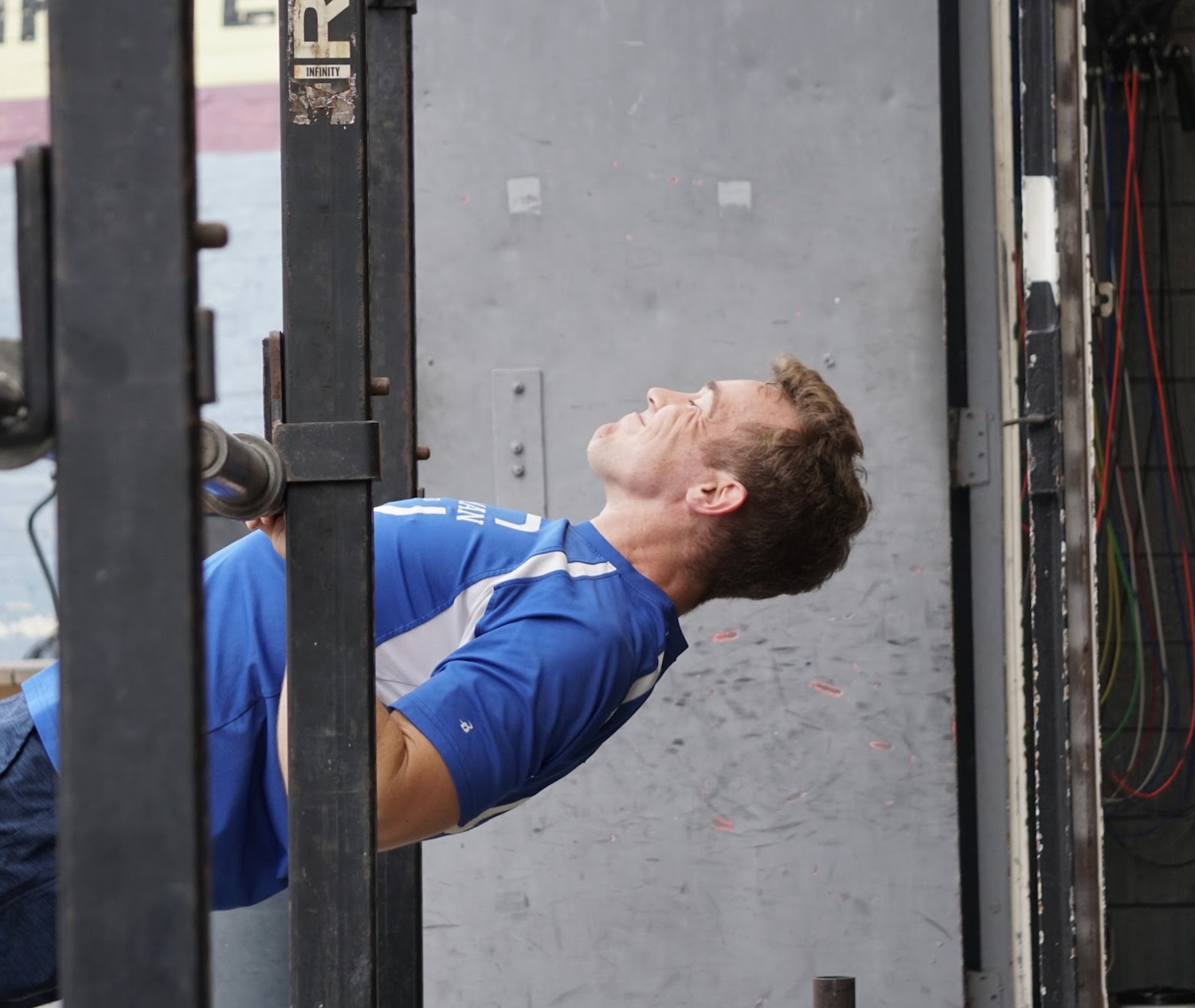
Most men and women that walk in our doors don’t have the ability to perform a pull up. The road to that first pull up can be long, but we’re here to expedite this process for you
Before I give you the quick and dirty guide to getting your elusive first pull up, it’s worth mentioning that part of the reason this is a difficult capacity to develop for so many people is because the mover must move his/her entire bodyweight through a large range of motion. Yet, we can’t simply adjust our bodyweight in all the convenient and precise ways we can adjust the weight on a barbell.
Unfortunately, the common ways people defer to when solving for this tricky fact about our bodyweight being a fixed variable are often at odds with what we need to build the capacity to perform the almighty pull up. Firstly, people use bands to alleviate some of the pesky bodyweight getting in the way of one’s ability to do the pull up. Ironically, the stretched band applies the most help in the range of motion in the bottom (where we need it least) and helps the least near the top (where we need it the most). This creates a limiting factor where the athlete can only practice reps that have so much help at the bottom of the pull up that there’s enough band tension to help at the top. Secondarily, folks utilize dynamic movement (or a kip) to move through ranges of motion that the athlete isn’t strong enough to hold without the dynamic inertia of the kip. This ultimately allows the athlete to “pass over” the weaker areas that need to be developed to accomplish a pull up in the first place.
What, then, are the two steps to getting your first pull up?
-
-
Time Under Tension. Build a body of work in the eccentric (or lowering phase) of the pull up. Working hard to add time to time in this phase increases muscle development in all parts of the range of motion in question whether or not the athlete has the ability to perform a pull up. For our conversation, you can think about “tension” as muscle in a state of work. Muscles work by contracting. Muscles contract in three ways: concentric, eccentric, and isometric contractions. Not only does muscle building happen best in the eccentric (or the lowering phase), an athlete who cannot perform the concentric (or pulling up phase) can perform the eccentric. That’s right. The most helpful contraction for developing pull up strength is the only type of contraction that even athletes that can’t do a pull up can do.
-
Horizontal Pulling is King. Do twice the amount of horizontal pulling work than you do vertical pull up work. Bent rows and inverted bodyweight rows build requisite pulling strength through a complete range of motion. Not only does training horizontal pull contribute to the ability to perform vertical pulling efforts, they are both more accessible and helpful to round out the strength of the shoulder joint, which can be underdeveloped while only training pull up variations. Change your mind about horizontal pulling. These variations are not Junior Varsity pull ups. They are bonafide strength builders.
-
The pull up isn’t as elusive as you might be making it. If you spend enough time in large ranges of pulling motions and commit to more time at each position in the eccentric portion of the pull up, I bet you’ll surprise yourself with how much faster you’ll make progress.
Good luck.
7/17/20 WOD
DEUCE ATHLETICS GPP
[Meet at Anderson Park]
DEUCE BACKLOT GPP
[Meet at Pan Pacific Park]
DEUCE GARAGE GPP
4-4-4-4-4
Weighted Chin Ups
Every 6 minutes for 4 rounds for time of:
12 Pistols
4 Deadlifts (315/225)
400m Run
**Athletes record 4th round time score

